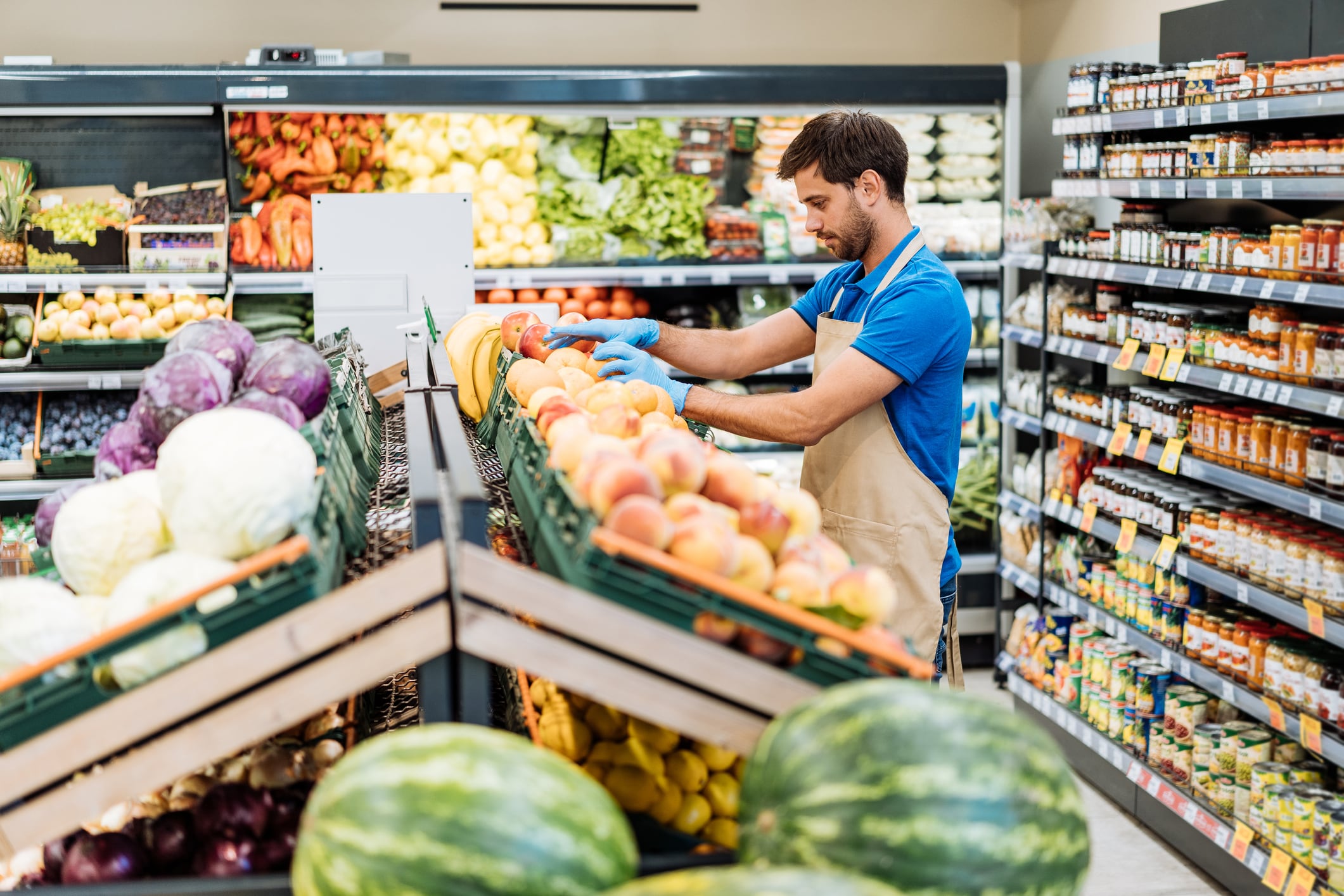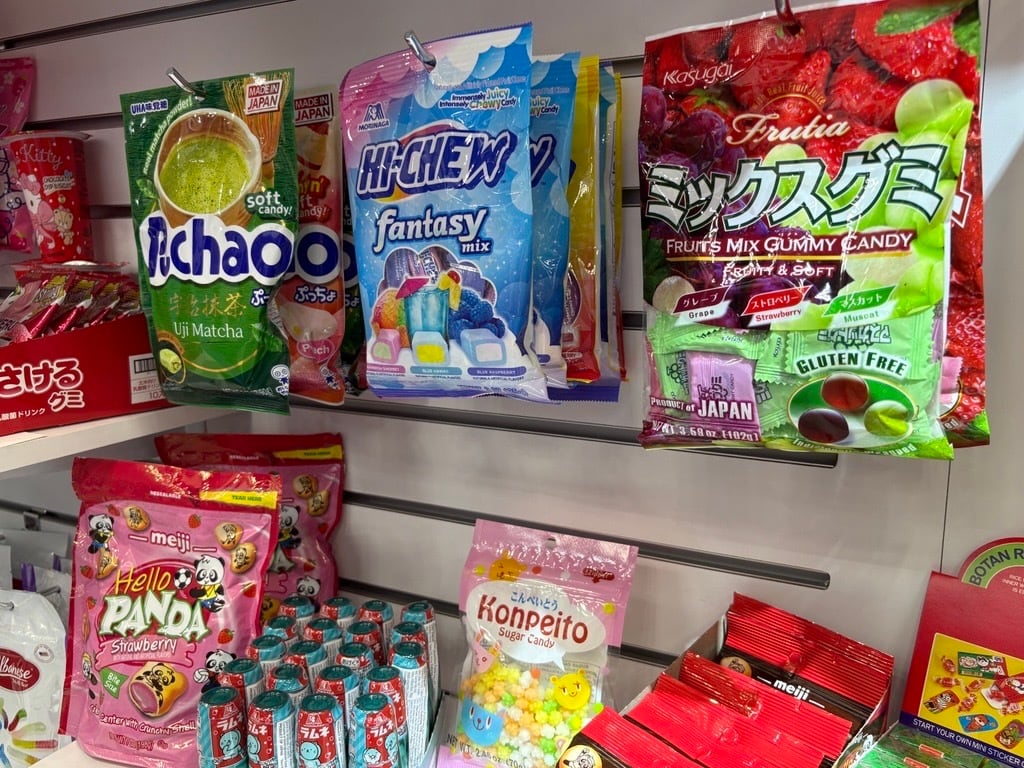While mass and traditional grocery formats are the most popular retail food destinations, fresh-format specialty grocery chains and value grocery are growing, indicating consumers’ post-pandemic preferences, health interests and budgetary concerns, according to new industry research.
Overall, shoppers are taking trips to brick-and-mortar grocery stores more often, but spending less time there, according to a Placer.ai report published earlier this year. A foot traffic analytics firm, Placer.ai collects data from tens of millions of devices and uses machine learning to estimate visits to locations across the US.
This time-in-store pattern could be due to rising food-at-home grocery prices, supplementing in-person grocery shopping with online orders and shopping for the best deals among competitors, per the report.
Consumers, worried about inflation, may purchase only what they most need and want, rather than going for costly bulk shopping trips. They may find bargains online and want to minimize time in public spaces due to potential health concerns. They also may cherry-pick items across retailers, depending on what they consider the best value, based on price, nutrition and personal preferences, according to Placer.ai.
Why are fresh-format specialty grocery chains and value grocery growing?
“Both formats speak to parts of grocery that resonate with today’s consumer: specialty, fresh and niche products and value orientation,” says Elizabeth Lafontaine, director of research at Placer.ai.
The fresh-format specialty grocery chains align with customer interest in “eating well,” says Steve Markenson, vice president, research and insights, FMI - The Food Industry Association.
He points out that 75% of shoppers indicate that finding fresh fruits and vegetables is very important to their food shopping goals, according to the 2025 US Grocery Shopper Trends report. A key finding of this report was that shoppers consider health, entertainment, exploration and convenience all aspects of what it means to eat well when they shop.
While the fresh-format specialty and value grocery may seem at odds with each other, Lafontaine says this moment is about customization.
“Grocery stores can no longer take a one-size-fits-all approach, but instead need to be able to fit into communities in a way that directly aligns with the needs of their shoppers,” she says.
“Retailers need to find their competitive advantage to stand out from the rest of the grocery options for consumers in a particular area,” added Lafontaine.
The Placer.ai report suggests retailers are increasing grab-and-go options and improving store layout for easy in-and-out trips.
Growth in Hispanic and other ethnic shopping, as mentioned in the report, points to another area for suppliers, manufacturers and retailers to pay attention: cultural distinctiveness in products.
What will get shoppers out of the house?
“Shoppers are willing to venture out of their regular routines to shop at grocery stores that either provide the best selection or the best prices to fit their unique needs,” says Lafontaine.
While she does not believe price must be a differentiating factor, she says they must “find their reason for consumers to visit and return.”
Markenson agrees, and recommends appealing not just to customers’ needs but to their values.




